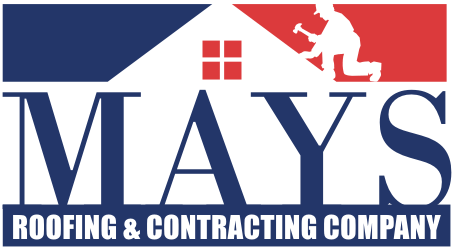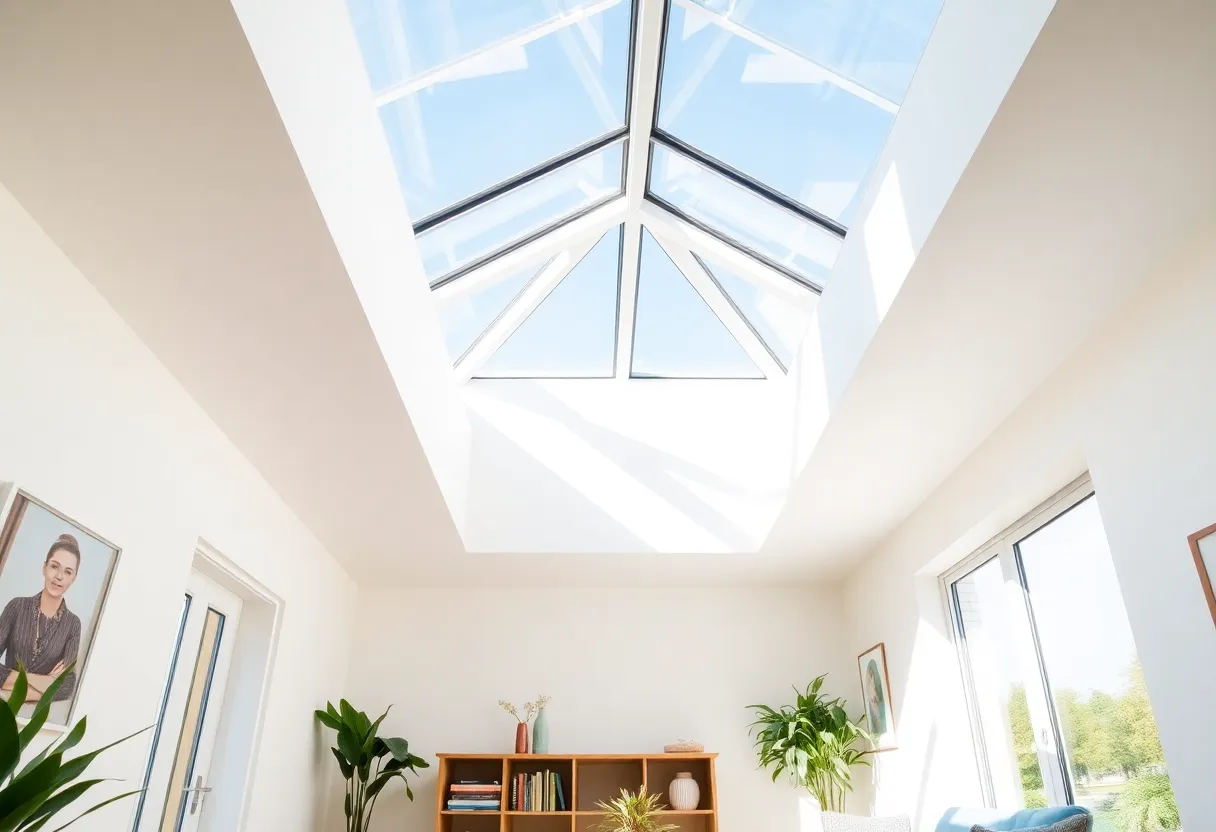How to Install a Roof Skylight: Brighten Your Space with This DIY Project
Installing a roof skylight is a remarkable way to enhance the natural lighting in your home, making spaces feel larger and more inviting. With proper tools and a clear understanding of the process, this DIY project can be accomplished by most homeowners. This article provides a comprehensive guide to installing a roof skylight, detailing the necessary materials, steps, and safety precautions.
Why Choose a Skylight?
Skylights offer numerous benefits:
- Natural Light: They illuminate dark spaces, reducing the need for electric lighting.
- Ventilation: Many skylights can be opened, allowing fresh air to circulate.
- Energy Efficiency: A well-placed skylight can minimize heating and cooling costs.
- Enhanced Aesthetics: Skylights enhance the overall architectural appeal of your home.
Tools and Materials Required
Tools
- Measuring tape
- Pencil
- Circular saw
- Reciprocating saw
- Drill and drill bits
- Level
- Safety glasses
- Ladder
- Caulking gun
Materials
- Roof skylight kit
- Flashing kit
- Insulation material
- Roofing shingles or tiles
- Weather-resistant sealant
Planning and Preparation
Choose the Right Location
Select a location that maximizes natural light. Consider factors such as tree coverage and the orientation of your house. Ensure that there is enough structural support beneath the roof where you plan to install the skylight.
Check Local Codes
Before proceeding, consult local building codes and regulations. Some areas may require permits for installing skylights. Understanding these regulations can prevent future legal complications.
Measuring and Marking
Measure the Skylight
Carefully measure the dimensions of the skylight. Use a measuring tape to ensure accuracy. Mark the area on the roof where you will cut.
Mark the Interior Space
Go inside your home to mark the corresponding location on the ceiling. This will help you create a clear guide throughout the installation process.
Cutting the Roof Opening
Safety First
Always wear safety glasses to protect your eyes from debris. Utilize a sturdy ladder for support.
Cut the Opening
Begin by using a circular saw to cut along your marked line. It is essential to cut carefully to avoid damaging surrounding materials. If you encounter rafters while cutting, gently relocate them if possible, or work around them.
Installing the Skylight
Place the Skylight
Once the roof opening is made, carefully insert the skylight into the space. Ensure it is level using a level tool. The flashing should overlap the roof shingles for effective water drainage.
Attach the Flashing
Secure the flashing around the skylight to prevent water leaks. Install it according to the manufacturer’s instructions. Each layer should be properly sealed with weather-resistant sealant.
Sealing and Finishing
Insulate Around the Skylight
Use insulation material to fill any gaps around the skylight. This improves energy efficiency and prevents heat loss.
Cover the Interior Trim
Install any necessary interior trim around the skylight for a finished look. This can include drywall, wood, or other decorative materials.
Final Steps
Install Roofing Shingles
Replace roofing shingles or tiles around the skylight. Ensure they are securely fastened to prevent leaks and maintain the roof’s integrity.
Inspect for Leaks
After everything is installed, thoroughly inspect the skylight for any potential leaks. It’s best to check after a rainstorm to ensure no water seeps in.
Maintenance Tips
Regular Cleaning
Keep the skylight clean to maximize light penetration. Use a mild detergent and water solution, avoiding abrasive materials that could scratch the surface.
Check for Damages
Regularly inspect the flashing and sealant for any signs of wear or deterioration, ensuring that leaks are promptly repaired.
Conclusion
Installing a roof skylight can transform your living space by introducing natural light and enhancing overall aesthetics. While the project requires careful planning and execution, the results are well worth the effort. Following this guide, you can successfully brighten your home and increase its value while enjoying the benefits of improved ventilation and energy efficiency. Undertaking such a project not only enhances your environment but also instills a sense of accomplishment through DIY achievement.





 Mays Contracting
Mays Contracting


